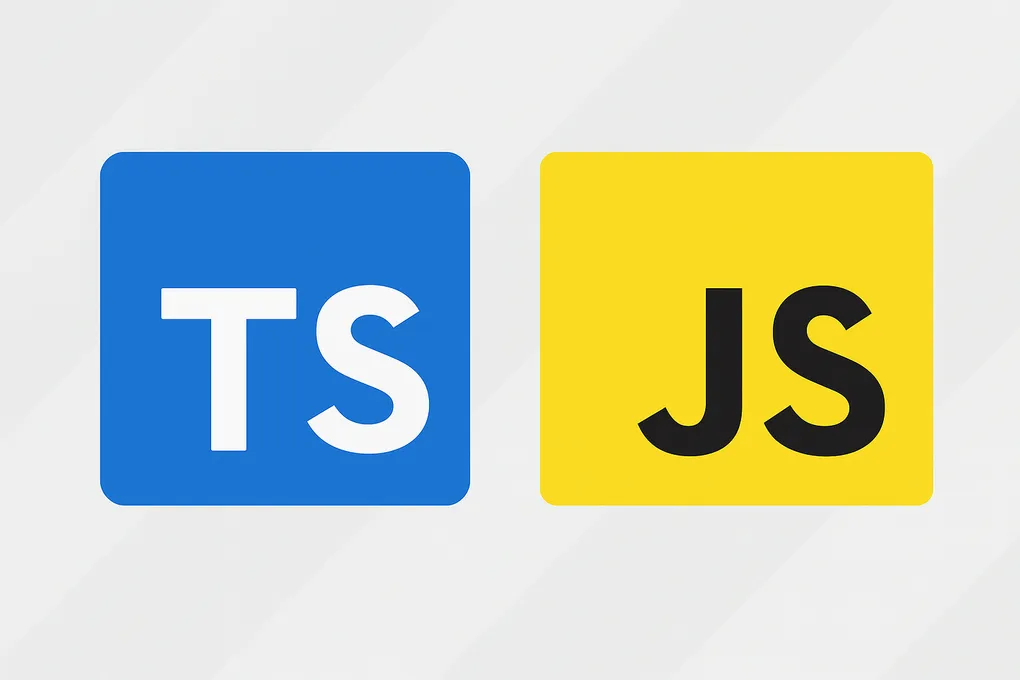TypeScript - A Brief History of JavaScript's Powerful Superset
Consultant Software Engineer
5 min read

Introduction
In the dynamic world of web development, few languages have generated as much enthusiasm and adoption as TypeScript. Introduced by Microsoft in 2012, TypeScript has steadily gained popularity among developers, becoming a crucial tool for building robust, scalable applications. Its journey from a niche language to a mainstream powerhouse is marked by technological advancements, community support, and a clear vision for the future of JavaScript development.
What is TypeScript?
TypeScript is a superset of JavaScript, meaning it builds on JavaScript by adding optional static types. This enhancement allows developers to catch errors early in the development process, improving code quality and maintainability. TypeScript code is transpiled to plain JavaScript, ensuring compatibility with any environment where JavaScript runs.
Key Features of TypeScript
- Static Typing: TypeScript introduces static types to JavaScript, which helps catch errors at compile time rather than at runtime. This leads to more reliable and predictable code.
- Type Inference: Even without explicit type annotations, TypeScript can infer types based on the code, reducing the amount of boilerplate.
- Modern JavaScript Features: TypeScript supports the latest JavaScript features, allowing developers to use modern syntax and capabilities while maintaining compatibility with older environments.
- Tooling and Editor Support: TypeScript offers superior tooling, including autocompletion, navigation, and refactoring, enhancing the developer experience.
- Interfaces and Generics: TypeScript provides powerful tools for defining complex types and creating reusable, type-safe components.
Use Cases for TypeScript
TypeScript is highly versatile and is suitable for a wide range of projects, from small scripts to large-scale applications. Here are some prominent use cases:
Large-Scale Applications
TypeScript shines in large codebases where maintaining and scaling JavaScript code can be challenging. Its static typing and robust tooling make it easier to manage and refactor code.
Enterprise-Level Projects
Enterprises often adopt TypeScript for its ability to reduce bugs and improve maintainability. The static type system and strong tooling support lead to more predictable and reliable applications.
Front-End Frameworks
Many popular front-end frameworks, such as Angular and React, have strong TypeScript support. TypeScript helps developers catch errors early and provides better tooling for front-end development.
Back-End Development
TypeScript is also widely used in back-end development, especially with Node.js. It helps bring the same reliability and maintainability benefits to server-side code.
Open Source Libraries
Many open-source libraries and tools are written in TypeScript to ensure type safety and better maintainability. This trend has made TypeScript an essential skill for contributing to and using modern JavaScript libraries.
The Genesis of TypeScript
TypeScript was created by Anders Hejlsberg, the designer of C#, while he was working at Microsoft. The primary motivation behind TypeScript was to address the shortcomings of JavaScript, especially in large-scale application development. JavaScript’s dynamic nature and lack of type checking made it prone to errors that could be difficult to debug and maintain.
TypeScript was introduced to the public in October 2012. It was designed to be a strict syntactical superset of JavaScript, meaning any valid JavaScript code is also valid TypeScript code. This compatibility allowed developers to gradually adopt TypeScript without having to rewrite their existing codebases.
The Rise to Popularity
TypeScript’s rise to popularity has been gradual but steady. Initially, there was some resistance from the JavaScript community, as developers were hesitant to adopt a new language that introduced static types. However, as the benefits of TypeScript became more apparent, adoption rates began to climb.
Key milestones in TypeScript’s journey include:
- Adoption by Major Frameworks: Angular, one of the most popular front-end frameworks, adopted TypeScript as its primary language in 2015. This endorsement significantly boosted TypeScript’s credibility and adoption.
- Growing Ecosystem: The TypeScript ecosystem has grown rapidly, with many popular libraries and tools providing type definitions. This growth has made it easier for developers to integrate TypeScript into their projects.
- Community Support: The TypeScript community has been instrumental in its success. Contributions from the community have helped improve TypeScript’s features, documentation, and ecosystem.
Why Adopt TypeScript for Your Project?
Despite the controversies, TypeScript offers numerous benefits that make it a compelling choice for many projects. Here are some reasons to consider adopting TypeScript:
Improved Code Quality
TypeScript’s static typing helps catch errors at compile time, reducing the likelihood of runtime errors. This leads to more reliable and maintainable code.
Enhanced Developer Experience
TypeScript’s tooling, including autocompletion, refactoring, and type checking, significantly improves the developer experience. It helps developers write code faster and with fewer errors.
Scalability
TypeScript’s features, such as interfaces and generics, make it easier to manage large codebases. It helps enforce consistent coding practices and makes refactoring safer and more straightforward.
Compatibility
TypeScript is a superset of JavaScript, meaning it is fully compatible with existing JavaScript code. Developers can gradually adopt TypeScript without having to rewrite their entire codebase.
Community and Ecosystem
TypeScript has a large and active community, providing ample resources, libraries, and tools. This support network makes it easier to find solutions to problems and integrate TypeScript into existing projects.
Conclusion
TypeScript has undeniably transformed the landscape of web development. Its introduction of static typing to JavaScript, along with its robust tooling and modern language features, has made it a valuable tool for developers building large, complex applications. Despite the initial learning curve and added complexity, the benefits of improved code quality, scalability, and enhanced developer experience make TypeScript a compelling choice for many projects.
As with any technology, it’s essential to weigh the benefits and drawbacks and consider the specific needs of your project. Whether you are building a small application or a large-scale enterprise system, TypeScript’s features and community support can help you create more reliable, maintainable, and scalable code.
By understanding its history, features, and the debates that surround it, developers can make informed decisions about whether TypeScript is the right choice for their next project. Given its versatility and robust ecosystem, TypeScript is indeed a strong candidate for building modern, dynamic web applications.


